This might be old news in a half a decade or two but by today's means, I am referring to electronic prototypes and designs which would draw in a μA (uA) and even nA range of current.
Some recent MCUs, such as SAMD21 that I am using atm are armed with internal clocks such as ,always on, Ultra Low Power Internal 32kHz RC Oscillators which would draw only 125nA, and the whole microcontroller is capable of consuming only 6.2μA on STANDBY mode with a live RTC.
In these type of quiescent current and power consumption levels the smallest limitations in the internal machinery of bench measurement devices such as multimeters and oscilloscopes could add a fair bit of error to the overall measurement or even measure a flat out wrong value in situations like a different relay kicking in when changing the resolution from 6 to 8 decimal places accuracy on your multimeter.
What is the most precise method of measuring the overall quiescent current/power consumption for such applications?
Update:
As I mentioned in one of the replies, measuring low currents is hard but very possible, however, making conclusions on the integrated amount of current consumption to come up with numbers for the realistic over all power consumption is more what I had in mind.
I have bumped into some solutions such as wide range current to frequency converter, however the wide range in this application note is only limited to the max of 200uA and in my case, my max current can rise to milliamps when my radio is transmitting and could drop to as low as 3uA when the whole system goes to sleep.

